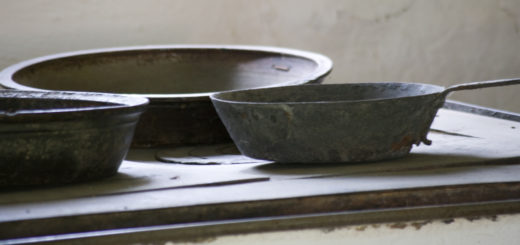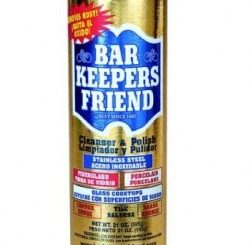Ask Chef: Cutting Boards
Q: Chef. I’m looking for a new chopping board, and when I started looking around, I was overwhelmed by the selection. Could you please explain the difference between wood and plastic cutting boards?
A: Certainly. Wood has long been the traditional choice for chopping boards. It’s warm, beautiful, and doesn’t dull the edge of the knife as quickly as a plastic cutting board. However, wood is porous. So if you place a wooden cutting board in the dishwasher, it is likely to absorb water and expand. Then as it dries, the wood contracts, causing the board to warp over time. To help keep wood chopping boards in top condition, be sure to oil them regularly with whatever cooking oil you have on hand.
My personal favorite is a bamboo cutting board. These are especially beautiful, and do not absorb moisture like other hardwood chopping boards. Thus, a bamboo cutting board is less likely to warp. Bamboo is also 16% harder than maple, so it is not as prone to showing knife marks, and is not hard on the knife’s edge. Furthermore, I’ve found that a good quality bamboo chopping board can be put through the dishwasher.
That said, the most popular material for chopping boards is plastic. It is lightweight, inexpensive and dishwasher safe. However, it is harsher on knives. One variation of the plastic cutting board is very thin, so that after knifework, the cook can pick up the board, fold it, and transfer the chopped ingredients directly to pot or pan. Unfortunately, this benefit also comes with disadvantages. First, because the plastic is so lightweight, it has a tendency to move all over the counter during knifework. Second, the heat of the dishwasher is likely to warp the plastic over time. There are also cutting boards made out of thicker plastic. These are sturdier than the thin version, but like their counterpart, they have a tendency to slide all over the counter while you chop. Easy solution, slip a damp paper towel between the counter and the board, no more runaway chopping boards.
All in all, it’s really just a matter of finding the right material to suit your personal preferences. Perhaps purchase a plastic one for meat, and a wooden one for vegetables and cheese. This way, you’ll be able to experience both worlds!
Have a question for Chef? Shoot an email to chef@urbanvivant.com! We’d love to hear from you.




Recent Comments